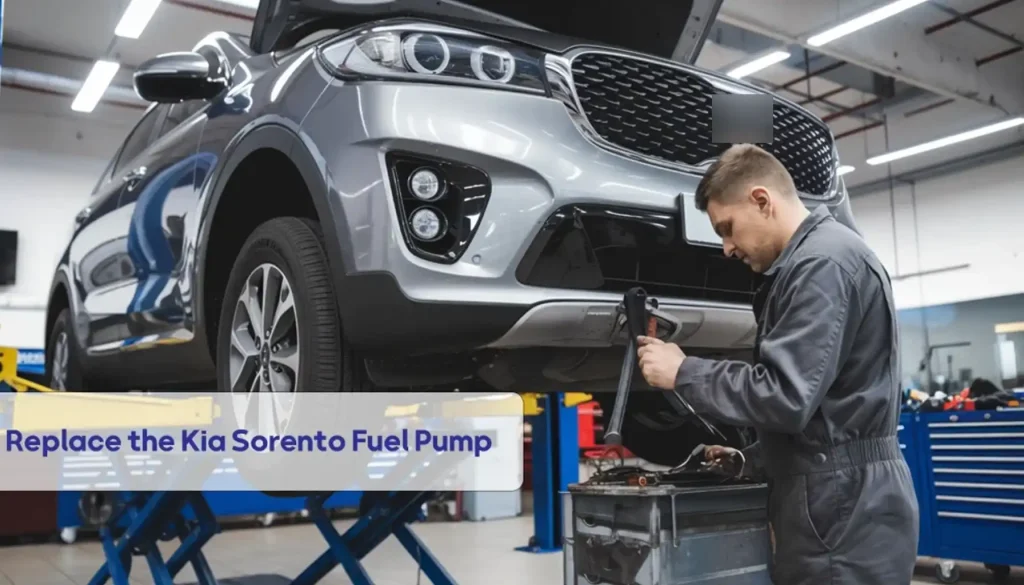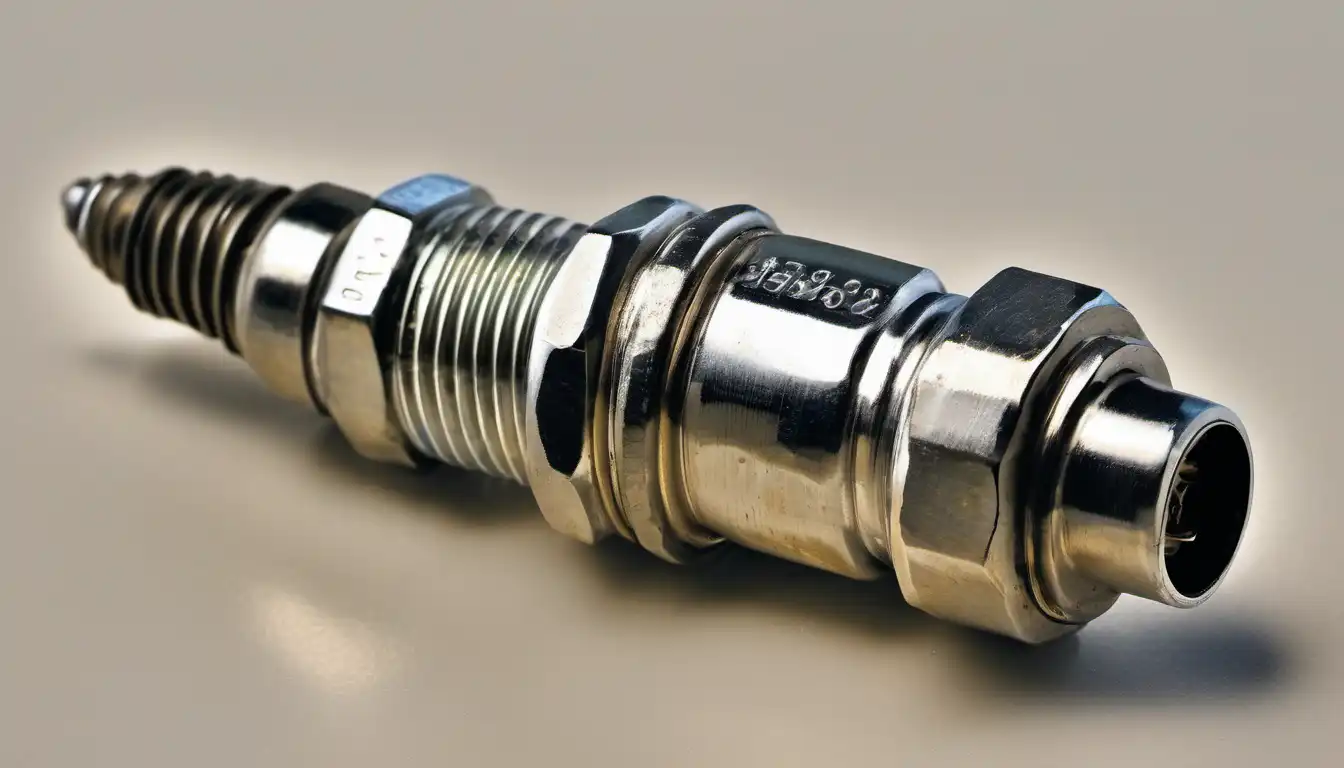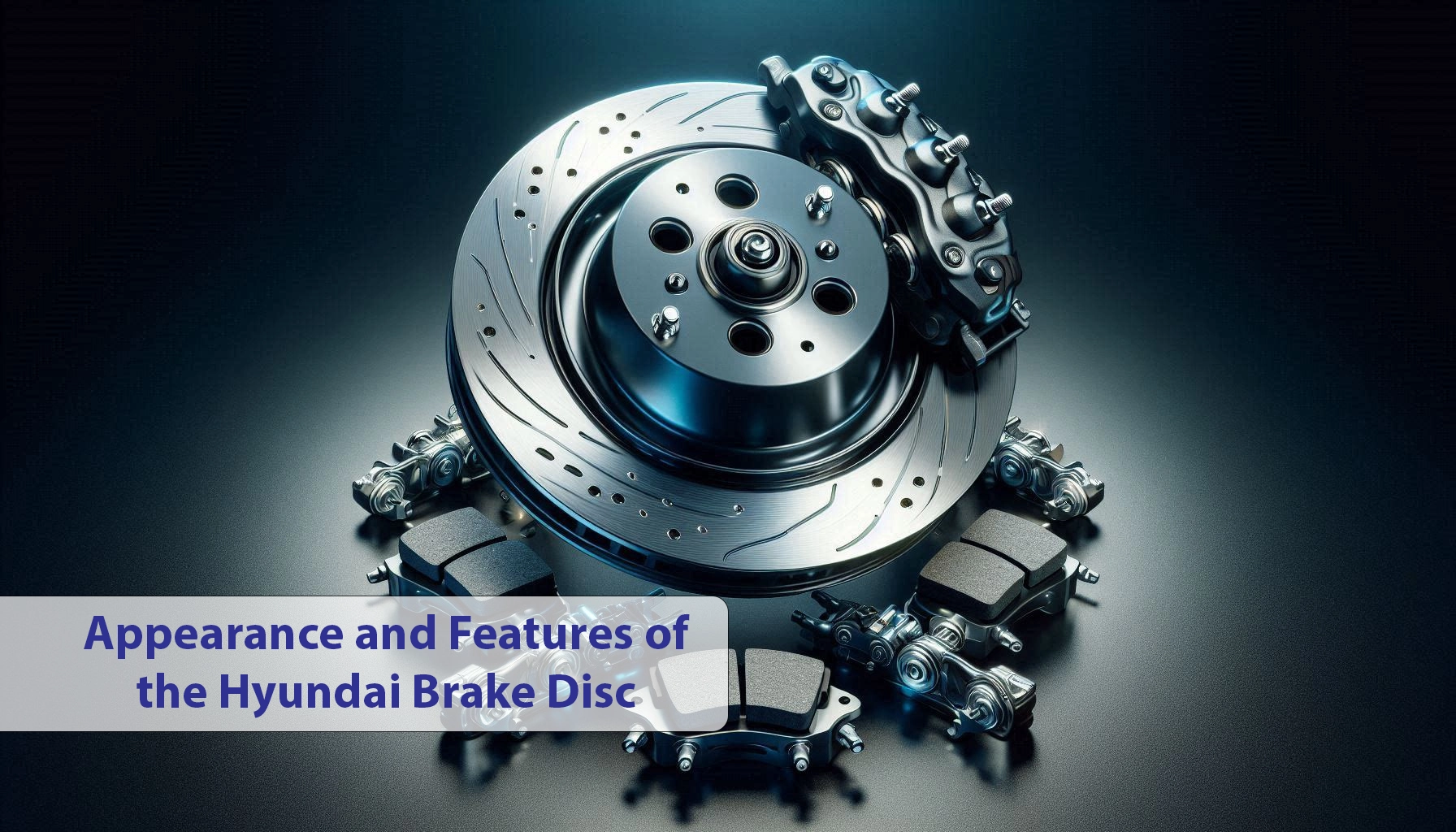Among all the components one would ever work on to keep optimal performance in a car, the fuel pump is just about one of the most vital pieces. A high-pressure fuel pump fitted in your car has a rather hefty role of delivering gasoline to the engine with good efficiency, allowing smooth performance and good fuel economy. Below is a step-by-step guide on how to change the fuel pump of the Kia Sorento-this time narrowing it down to the High Pressure Pump applied to many other Hyundai and Kia models, such as the Hyundai Santa Fe, Kia Carnival, and Sportage.
Although this may seem like an overwhelming task, some results of replacing your Kia Sorento fuel pump can be increased engine performance and improved fuel efficiency. If taken care of properly and paying attention to detail, this is a task that can be safely and effectively executed through a structured approach. In this blog, we take you through a step-by-step process-right from the start of the process to the end, testing of the newly installed fuel pump-covering essential safety measures that will ensure a smooth and secure installation.
Preparing the Replacement Process
The Kia Sorento fuel pump replacement process requires advance preparation with all necessary tools and parts for maximum efficiency. A well-prepared workplace will minimize the chances of overlooking important steps and thus make sure you can proceed without interruptions.
If you’re looking to enhance your Kia Sorento’s performance beyond just the fuel pump, you can also buy a Kia oil pump in Dubai, ensuring your vehicle runs smoothly and efficiently under any conditions.
To replace this fuel pump, the following are some essential tools and parts:
Essential Tools
- A set of wrenches
- Both flathead and Phillips screwdrivers
- Pliers
- A fuel line disconnect tool
- Safety goggles
- Protective gloves
Parts Required
- A High Pressure Pump
- New fuel lines, if needed
- Replacement gaskets or O-rings, if applicable
Having these tools and parts handy will save a lot of time and effort during the replacement. Safety first, also- fuel systems can be very hazardous. Start off by disconnecting your battery so that there aren’t any accidental electrical occurrences; ensure that you are in a well-ventilated space to avoid inhaling fuel vapors.
Replace Fuel Pump Step 1: Prepare the Vehicle to Replace the Fuel Pump
Proper preparation of the vehicle is the first step in replacing the fuel pump in your Kia Sorento. This entails not only ensuring safety but also relieving fuel pressure in the system to avoid fuel leaks during the process.

Safety Precautions:
- Disconnect the battery to eliminate the risk of electrical accidents.
- Work in a well-ventilated space to protect yourself from fuel vapors.
Relieving Fuel Pressure:
- Locate the fuel pump fuse in the fuse box and remove it.
- Start the vehicle and allow the engine to run until it stalls. This ensures that the fuel pressure is relieved from the system.
Once the fuel pressure has been relieved, you would then need to access the fuel pump. Depending on the model year, the Kia Sorento may either have a fuel pump inside the fuel tank or be located within the engine compartment. Consult your vehicle’s manual for the location and then gently remove covers or panels that may be obstructing access to the fuel pump.
Step 2: Removal of the Old Fuel Pump
Once you have access to the fuel pump, it is now time to disconnect the old fuel pump from the vehicle. This has to be done carefully, since one would not want other surrounding parts damaged, neither does one want any fuel leaks.
Disconnecting Fuel Lines:
Using the fuel line disconnect tool, carefully detach the fuel lines from the pump. Some residual fuel may spill, so it’s important to have a cloth or container handy to catch any excess fuel.
Unbolting and Disconnecting the Pump:
- Use a wrench to unbolt the fuel pump from its mounting bracket.
- Take note of how the pump is positioned and make sure you remember the orientation of any electrical connections.
- Detach any electrical connectors that are connected to the fuel pump.
Keeping this in mind, carefully remove the old pump but take note of how everything is connected, you will be better equipped to properly install the new fuel pump.
Step 3: Installing the New High-Pressure Fuel Pump
Now that the old fuel pump has been removed, the time has come for the installation of a new high-pressure fuel pump. It is an extremely critical process since good fuel delivery and performance of the vehicle only warrant proper installation of the pump.
Locating the New Pump:
1. Locate the new fuel pump in the same position as taken up by the old one.
2. Ensure the gaskets and O-rings are seated correctly at their respective positions to avoid any possibility of leakage.
Reconnecting the Electrical Components and Bolting of the Pump:
- Connect the electrical connectors back to the new fuel pump, ensuring that all of them are attached.
- Bolt the fuel pump using a wrench, bolt it into its mounting bracket, making sure that it does not wobble.
Reconnecting the Fuel Lines:
- Reattach the fuel lines to the new pump, ensuring that all connections are tightened well to avoid leakage.
- These steps will ensure that the new fuel pump is installed appropriately and that it is ready for use.
Step 4: Reassembly and Testing
The next course of action would be to assemble those components which were taken off during the process and, now that there is a new installation of the fuel pump, test if the pump works or not.
Reassembling Covers and Panels:
- Replace all covers and panels opened to reach the fuel pump.
- Secure everything properly before starting the vehicle.
Testing the New Pump:
- Replace the vehicle battery for restoring the supply of electrical power.
- Turn the ignition key “ON”, but do not start the engine; this should prime the fuel system on and the fuel should reach the engine.
- Check the fuel pump and the fuel lines for leaks.
- After these steps, start the engine and observe its performance to see whether it is running smoothly without any unusual noises.
Provided everything goes smooth, you’ve finally replaced the Kia Sorento fuel pump. In addition to reinstating the fueling system of your vehicle, it will enhance the fuel efficiency and overall performance of the engine.
Key Takeaways for Successful Fuel Pump Replacement
In brief, the Kia Sorento fuel pump replacement can be quite straightforward with the High Pressure Pump. A few key things to consider in such cases are given below:
- Safety first: It is necessary to always disconnect the battery and work in a well-ventilated area.
- The fuel lines are to be disconnected very cautiously; otherwise, there it can lead to a leak.
- Install the new pump, making sure all electrical connections and fuel lines are properly fastened.
- Thoroughly test the fuel system before driving to ensure everything operates as it should.
These steps will result in successfully replacing the Kia Sorento fuel pump with a concern for safety. The improved performance by your vehicle will ensure routine care of the fueling system, rewarding you with a long and efficient-running engine.
Final Thoughts
Replacing fuel pumps in Kia Sorento, especially those of high quality, is somewhat of a technical job that will greatly enhance the performance and fuel economy of your car. You can replace it quite easily by carefully following the step-by-step process outlined above, right from preparation and removal to installing and testing the pump. Safety and precision in all those steps will prevent you from several other possible situations, such as fuel leaks or electrical mishaps, but at the same time, it will improve the long-term reliability of your car.
In the end, regular maintenance and periodic checks of important parts like the fuel pump are the only ways that one can maintain his Kia Sorento at its best form. This knowledge-economical or not-will assist a seasoned mechanic or a first-time car owner in producing savings and offering further dependability and efficiency on the road. Properly taking care of your fuel system will continue to support the great performance of your engine, thus maintaining the quality of your Kia Sorento for many years.



